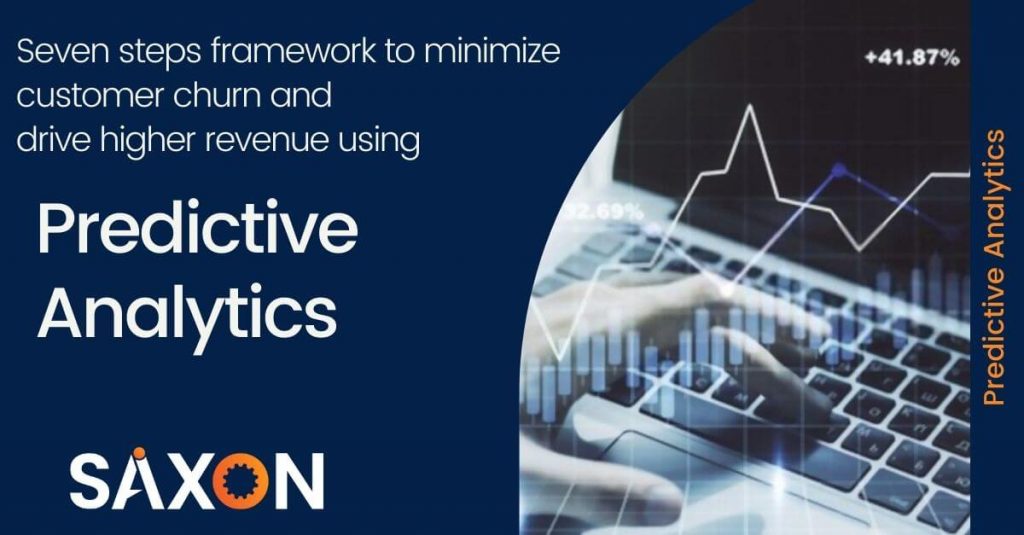What and Why churn matters to your business?
Customer churn is a serious issue for any industry as customers do not hesitate to leave if they don’t find what they are looking for. They are constantly looking for competitive pricing, value for money, and above all, high-quality service. Customer churning is directly related to customer experience. It’s a known fact that the cost of customer acquisition is far greater than the cost of customer retention, which makes retention a crucial business prototype. Companies in nearly every industry have to address it because it can plateau the growth of any business even if it gains customers quickly. The most successful companies are those who address it by building predictive models that accurately predict churn. They take action by developing customer success programs around preventing it or making product/service changes that combat churn.
To combat the high cost of churn, increasingly sophisticated techniques may be employed to analyze why customers churn and which customers are most likely to churn in the future. Such information can be used by customer success departments to monitor customer behavior actively and recognize customers who may be thinking of migrating to another provider by the signature in their engagement pattern (product or service consumption).
How to tackle churn?
Taking the churn by it’s horns and successfully navigating a competitive marketplace where if we take eyes off your customer for a fraction of a second, we lose their business requires a robust framework to attack it. The 7-step framework to achieve this is as below:
- Define and understand the business – As every business has different parameters in terms of engagement, lifetime value, the propensity to pay, and churn period. We also need to recognize the business’s inherent factors, which can become the drivers of churn. At this step, we also define where and how we would apply the results of churn analytics.
- Gather your data – Everything starts with collecting the necessary data points, which is the raw material for the analytics. The more data we can bring in, the better the churn predictions will be, so if available, we include things in the dataset like static demographic information about users, details on specific types of user actions, etc.
- Data Preparation – This is the most time-consuming part of the entire process, but this controls & influences all the results. This involves data cleansing, de-duping, homogenizing the data set, and making it complete.
- Data Enrichment – At this stage, we are looking to enhance data quality by meaningfully joining data points from multiple sources that produce value that your churn goals demand.
- Develop Predictive Models – A high-quality predictive model has a learn-it-all approach and is sensitive to the need – in a sense, it is the prediction for the next week, month, or year. We start by building simple models that focus on solving one problem, which can impact the churn.
- Visualize – The next step is to bring this to life by building the visualization, which speaks out clearly with a call to action. Some helpful visualizations for marketing and product teams about churn might be:
- Churn trend over a period of time and targeted churners
- Product/Service features that have an impact on churn
- Descriptive statistics of those critical features for easy reference or visual simulations illustrating how changing features/service would impact churn probability.
- Additional insights about the chosen churn model
- Go live and Iterate – The essential part of a churn project is deploying a churn solution into production. Looking at churn one time and evaluating models but not taking any real action to set up a continuous churn prevention strategy doesn’t do much good! Also, the models need continuous improvement for them to stay relevant for the business and improve accuracies.

